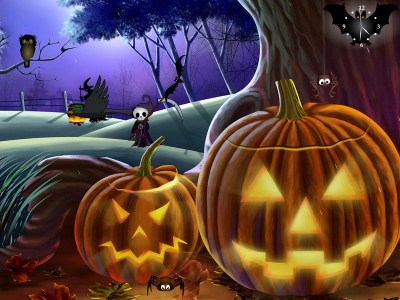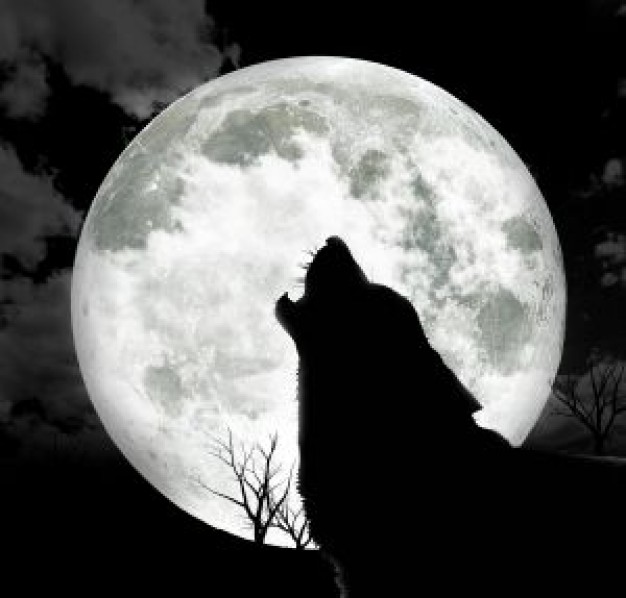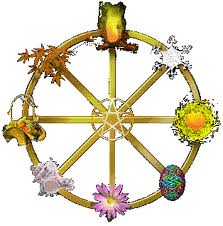
Pagan Culture - Rites And Rituals |
Article posted on November 15, 2012 and it has been read by 5313 people |
 Pagan is believed to be one of the oldest religions of the world, the origin of which has remained obscure till date. Some Pagans worship god and goddesses; while others do not. However, Pagan Gods and goddesses played an important role in the lives of these people as because early humans depended much on nature and the natural environment to sustain life. The Pagans work with nature or the forces of the universe to bring about positive changes that are desired and necessary to sustain life.
Pagan is believed to be one of the oldest religions of the world, the origin of which has remained obscure till date. Some Pagans worship god and goddesses; while others do not. However, Pagan Gods and goddesses played an important role in the lives of these people as because early humans depended much on nature and the natural environment to sustain life. The Pagans work with nature or the forces of the universe to bring about positive changes that are desired and necessary to sustain life.
Like any other traditional religions of the world, the Pagan and the Wiccan community too have their own religious festivals, rites and rituals. The following is the list that gives us an insight into the different kind of festivals and rituals celebrated by the Pagan culture and community. Some of the important Pagan festivals are as follows:

1. Yule: This is generally celebrated during the winter time i.e. from December 23-25. It is believed that the Yule is the longest night of the year. The day is celebrated with the belief that it is the time for the birth of the Divine Sun Child who will turn out to be a good lover, husband and the father. Gifts and wishes are exchanged during this period of the year.
 2. Candlemas: This day is observed on 2nd February as the birthday of Brigid - the goddess of inspiration and fire. She is also worshipped as the goddess of femininity and love. The Pagans usually celebrate this day with lots of candles and feasting. Some of them also observe this day as the day of love.
2. Candlemas: This day is observed on 2nd February as the birthday of Brigid - the goddess of inspiration and fire. She is also worshipped as the goddess of femininity and love. The Pagans usually celebrate this day with lots of candles and feasting. Some of them also observe this day as the day of love.
3. Eostar: Observed within March 20-23, this day is the start of the Pagan year of spring. This is one of the most colorful and blissful festivals of the Pagans. The gods and goddesses are thanked for the return of the happy times. This day is observed as the day of socializing and feasting.

4. Samhain: Also known as the Halloween, this day is celebrated on October 31st. As per the Pagan calendar, the Pagan year comes to an end with this holiday. It is the time of the year for various openings and working. But it is observed as a somber holiday. It signifies the ending of relationships and bad situations and a time which helps one see the faint light of good future.
5. Mabon: Though the period from September 20-23 is observed as a holiday, but this day is not so widely celebrated and looked upon. This is especially the festival for the weavers.
6. Litha: Observed during the summer time i.e. from June 20-23, this festival is held on the longest day. This is the day which is celebrated for bringing light over the darkness. The Pagans celebrate the day with triumph. Flowers, roses and different types of wild flowers are used to mark this day. Spiral Dance is the outstanding way of celebrating the day. Feasts include honeycakes and cornbread.
 7. Beltan: The most important festive for the Pagans after Samhain. The festival starts at the dusk of April 31st and continues till the dawn of May 1st. This day is observed as the day of union of the Gods and the Goddesses for the purpose of conceiving the to-be Sun Child. In the Pagan community this is the time for marriages. The day is celebrated by wearing colorful clothes and it is also believed that if any mother conceives on this day, then the child to be born will be knowledgeable and powerful.
7. Beltan: The most important festive for the Pagans after Samhain. The festival starts at the dusk of April 31st and continues till the dawn of May 1st. This day is observed as the day of union of the Gods and the Goddesses for the purpose of conceiving the to-be Sun Child. In the Pagan community this is the time for marriages. The day is celebrated by wearing colorful clothes and it is also believed that if any mother conceives on this day, then the child to be born will be knowledgeable and powerful.

8. Lughnasad: 1st August is the day of Lughnasad. The Pagans look upon it as the corn festival. This is the big day for the celebration of the harvest. Dancing and feasting are the common features of this holiday.
Pagans, Wiccans and their culture have been misunderstood till date. As per many astrology and the occult followers, paganism and the pagan culture are defined as the worship of false gods and goddesses. Pagan gods and goddesses are not make-believe creations. It is time that we should shake off these misunderstanding and be more receptive to people who follow this different path of worship.